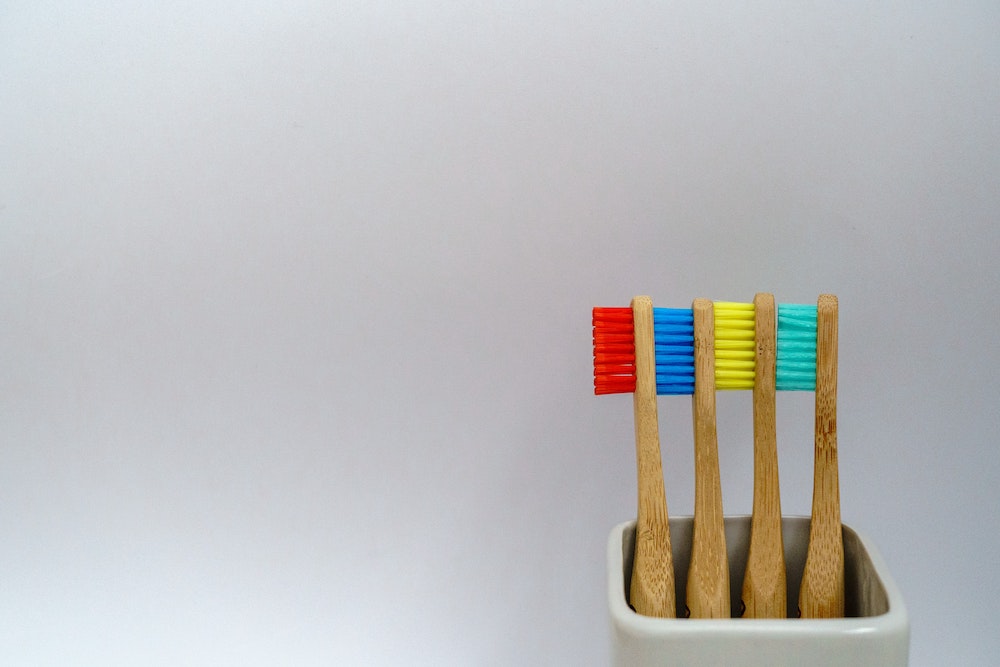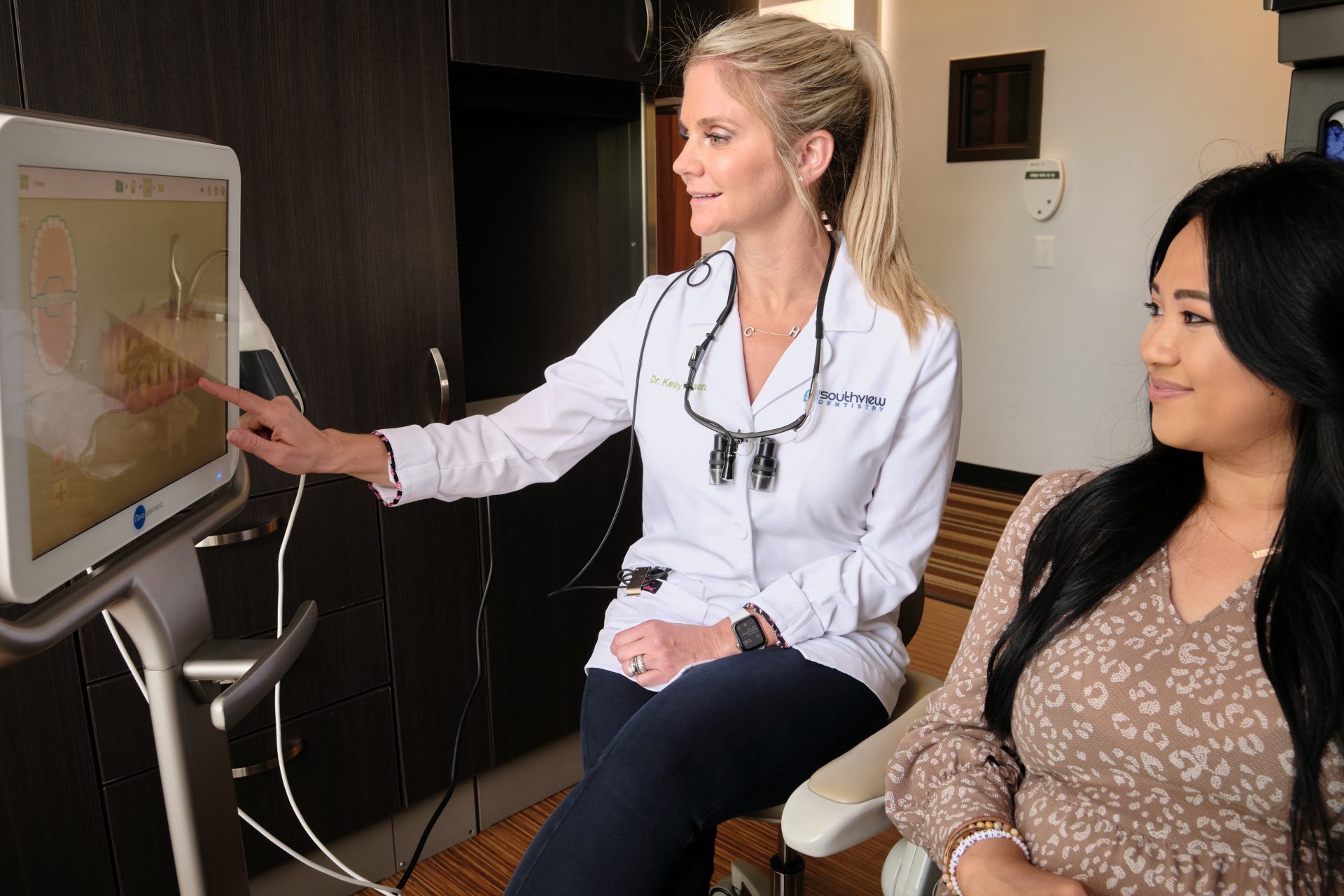
What You Need to Know About Vaping and Oral Health
February 4, 2020
How Often Should I Replace my Toothbrush?
February 18, 2020We would like to turn our attention to a topic that is close to our heart — childhood congenital heart defects.
With February being both Heart Disease Awareness Month and Congenital Heart Defect Awareness Month it seems like the right time to share crucial information.
Imagine the joy, new parents experience after the birth of a child. They witnessed a new life come into the world and feel overwhelmed with love and eager anticipation for the future.
Then, after their new child completes screening exams, they learn their child may have a congenital heart defect. This is something that hits home for us and too many other families have also experienced. Thanks to medical science advances, the survival and quality of life for people with congenital heart defects continue to improve.
According to the CDC, congenital heart defects are the most common birth defects in the United States impacting nearly 1 in 100 people born each year. This article isn’t intended to offer medical advice, it is simply intended to offer basic information in honor of Congenital Heart Defect Awareness Month.
What is a Congenital Heart Defect?
A congenital heart defect (CHD) is when something is wrong with the heart’s structure at birth. Given the complexities of the heart, there are dozens of different types of defects. Some are immediately life-threatening while others may remain silent and undetected until well into adulthood.
No one knows the cause of CHDs, they form while the heart is developing in the womb. A CHD may impact any aspect of the structure of the heart including chambers, valves, arteries, or anything else. The most common CHDs alter the blood flow through the heart.
Given the spectrum of potential CHDs, every situation is different.
Early Screening May Save a Precious Life
Early screening for congenital heart defects is the first step to treatment. As mentioned, modern medicine has taken great strides with the care for people with many congenital issues.
With advances in medicine, doctors may diagnose some CHDs during pregnancy using a fetal echocardiogram. According to the CDC, around 15% of fetal or infant CHD diagnosis now happens prenatally. However, not all conditions may be diagnosed in the womb.
Although the exact causes of CHDs are a medical mystery, some associated risk factors have been identified. The March of Dimes lists a few of the possible risk factors:
- Genes or chromosomes
- Family members with a CHD
- A mother with health issues including Lupus, Rubella, or type 1 or type 2 diabetes
- Mother taking some medications during pregnancy including ACE inhibitors, Lithium, Statins, and more. This is one reason to inform all medical providers of any prescribed or over-the-counter medications and drugs used.
- Alcohol use or smoking during pregnancy
The cause is not always clear, but the awareness of any risk factors may make an early diagnosis and intervention more likely.
The CDC recommends that screening exams happen before the child goes home from the hospital. The sooner the diagnosis, the sooner potentially life-saving treatments start. Pulse oximetry is one of the most basic examinations performed on newborns. This quick and painless test checks oxygen levels in the baby’s blood using sensors that make contact with the child’s skin.
In addition, doctors may recognize a potential CHD as a result of physical examinations or listening to the heart. Sometimes they may recommend more screening tests like an echocardiogram or an electrocardiogram.
Of course, congenital heart defects come in many forms and not all are diagnosed through the more common screening tests. However, these tests focus on some critical defects and as a result, they save many precious lives. The CDC estimated that mandated screening of newborns decreased deaths from CHD by 33%!
Symptoms of Congenital Heart Defects
Keep in mind that congenital heart defects don’t have any obvious presenting symptoms. Other conditions have warning signs to look out for. Here are some symptoms that the CDC and Mayo Clinic list:
- Trouble breathing or rapid breathing
- A blue or pale gray tint to your child’s lips, fingernails or toenails
- Sleepiness especially after feeding and rapid breathing during feeding
- Swelling in the legs, abdomen, or around the eyes
- Trouble gaining weight and growing
- A heart murmur identified when a medical professional listens to the child’s heart
Be sure to contact your child’s pediatrician if you notice any concerning symptoms. As previously mentioned, the sooner a condition is diagnosed, the sooner it can be treated. Sometimes CHD is identified later in childhood or even adulthood so we encourage other parents to remain aware and discuss any changes in your child’s health with a doctor.
Adults with Congenital Heart Defects
CHD may cause heart health issues later in life either from undiagnosed conditions or progressions of identified conditions. In some cases, even with lifesaving childhood interventions, adults may experience heart health issues.
Risks associated with CHD in adults include:
- Arrhythmias or abnormal heart rhythms
- Endocarditis or an infection affecting the inner lining of the heart
- Pulmonary hypertension or a form of high blood pressure impacting the arteries in the lungs
- Increased risk of stroke
- Congestive heart failure when the heart isn’t able to pump enough blood
Regular medical care and routine examinations are essential as they may uncover some of the symptoms that present in adults. The appropriate course of treatment may range from simply monitoring heart health to more intensive medication or surgical interventions depending on the exact condition.
Medical science has made great strides with congenital heart defects. Some conditions that previously had low survival rates are treatable or manageable. People with CHDs live longer and healthier lives now.
However, the work is not done. With more research, the medical field may develop more accurate diagnosis techniques, more effective treatment interventions and possibly even knowledge of prevention.
How Can You Help During Congenital Heart Defect Awareness Month?
In honor of Congenital Heart Defect Awareness Month, Southview Dentistry will donate $1 to The Children’s Heart Foundation for every “like” and “share” we receive on our awareness-raising Facebook and Instagram posts. If you haven’t already, follow us today and watch your feed for posts in February.



